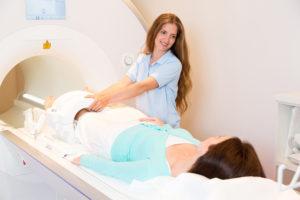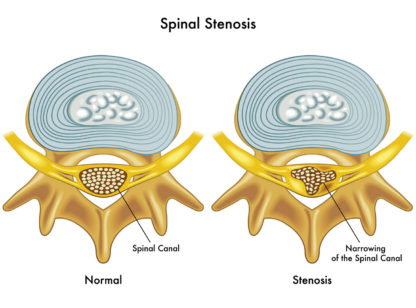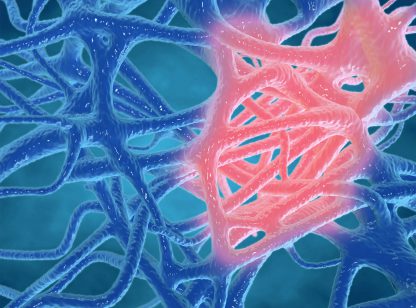Joint injuries are especially common among pro athletes who engage in contact sports. From skateboarding enthusiasts to pro football players, the risk of injury waits at every turn, twist, or bounce. Although you don’t have to be an athlete or engage in contact sports to receive a joint injury, people in these categories are always at a much greater risk. When injuries occur, I use the tools and methods available to provide the fastest diagnosis possible. The sooner patients get treated, the sooner they can get back to enjoying the sport of their choice.
The Anatomy of a Joint
A joint is a part of the body where two bones connect. A hinged joint like the knee or elbow is only capable of bending and straightening. They cannot rotate or bend to the side. Cartilage is soft tissue that acts as a barrier between two bones to prevent friction and pain during movement. Ligaments are strong, elastic bands of connective tissue surrounding the joint. Ligaments connect bones to bones and make it more difficult for the bones of the joint to move, giving it support.
Tendons are also strong connective tissue found on each side of the joint. They attach to the muscles responsible for the movement of the joint. Tendons connect muscle to bone. The synovial membrane is a type of soft tissue that lines the joint. The membrane secretes clear, sticky synovial fluid which also helps prevent friction. A joint injury can include damage to the bone or tissue, including the inside of the cavity. The most common joint injury in sports is to the knee.

MRIs are the industry standard for the diagnosis of joint injuries.
Diagnosing Joint Injuries
The various types of tissue and bone that make up a joint make it impossible to see the extent of any injury from the surface. I see patients with knee injuries that have very similar symptoms, but their injuries end up being completely different. Magnetic Resonance Imaging (MRI) is the imaging method of choice for most orthopedic surgeons for a number of reasons.
Unlike ordinary X-rays, the MRI has the ability to take pictures of bone and soft tissue. The diagnostic machine also works without radiation like that of a CT scan. In spite of the advantages of MRI, there are also some disadvantages including high cost, confinement for claustrophobic patients, potential for an allergic reaction to contrast (if used), and delay in obtaining test results used for a timely diagnosis and treatment.
Diagnosis and Treatment of Joints with Arthroscopy
In-office arthroscopy is a faster way to diagnose patients so they can get the treatment or surgery they need. The surgeon starts the procedure by inserting a narrow tube through a small incision. A fiber-optic video camera on the tube sends pictures of the inside cavity of the joint to a monitor. I prefer using this in-office procedure as it allows for diagnosis during the initial appointment.
Advantages of In-office Arthroscopy
I use MiEye™ which utilizes the newest technology to create a versatile tool for use during these procedures. The handheld device has a needle, integrated camera, and a light source. It offers a viewing angle which allows me to visualize the entire joint and view the results on an iPad. The technology provides me with real-time analysis of the patient’s joint for a fast and accurate diagnosis.
MiEye™ provides optimal imaging of any joint without the time-investment or risks of more invasive methods and allows me to make a decision about scheduling patients for more advanced treatment options such as surgery, if necessary.
Preventing Joint Injuries
Pro athletes are at the greatest risk of joint injury, but anyone at any age or activity level can develop joint conditions or injuries that cause them pain and/or limit mobility. In-office arthroscopy offers fast diagnosis to alleviate the pain of joint injuries and helps you get back to doing what you enjoy doing the most.
Dr. Pardino is an orthopedic physician with a private practice in Palm Desert, and can be reached at (760) 340.6784 or visit www.cuttingedgeortho.net.











































Comments (0)